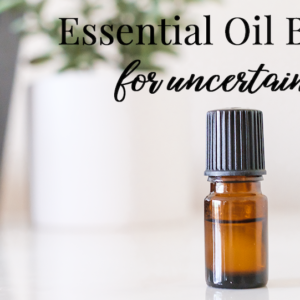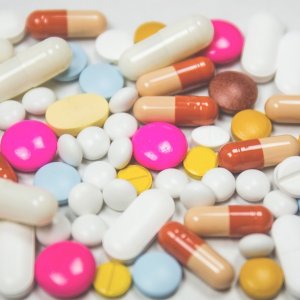The questions about CBD continue. This natural drug is becoming increasingly popular as a cure-all, so people want to know the risks and benefits before adding it to their regimen. In this article, we will address the use of CBD for special populations, such as during pregnancy, while nursing, in children, and in animals.
The Endocannabinoid System (ECS)
Before we get into the research, it is important that you understand the way CBD affects your brain. Check out this post to review the mechanism by which cannabinoids interact with the ECS. You will also get an overview of the differences between tetrahydrocannabinol (THC) and cannabidiol (CBD).
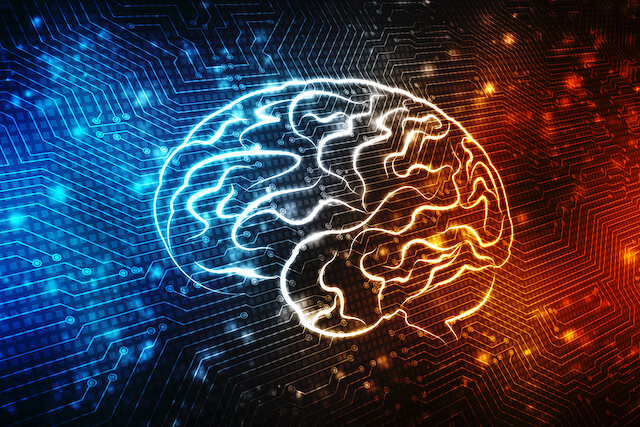
While pouring over research, the disappointing fact is that studies involving CBD are lacking. Most studies involving cannabinoids are specific to THC. Because these compounds are similar, some of the data for THC can be extrapolated to include CBD. But be aware that we are drawing a conclusion here, and it may not be 100% reliable.
Although we don’t have a ton of data specific to CBD with special populations, like pregnant or nursing mothers, and children or pets, we can examine ECS development in these populations.
The ECS and Pre-natal Development
The ECS plays an important role in the earliest stages of embryonic implantation and development and throughout pre- and postnatal development and survival. This system directly impacts prenatal neural development. Research from voluntary aborted fetuses showed the development of CB1 receptors first detected at week 14 of gestation in the human embryo. This is compelling evidence of the involvement of the ECS in the maturation of the nervous system.
We know that cannabinoids affect the ECS. We know that human embryos have an active and essential ECS. Unfortunately, research about how cannabis affects the embryonic ECS does not exist. Some people contend that CBD actually helps with neurogenesis, the development of healthy brain cells. Others feel that the interference could be detrimental.
The ECS in Infants and Children
Developmental observations suggest that infants’ CB1 receptors develop gradually after birth. Because of immature CB1 receptors, infants are not as sensitive to the psychoactive effects of cannabinoids. Therefore, scientists propose that children may respond positively to medicinal applications of cannabinoids without undesirable effects. Excellent clinical results have previously been reported in pediatric oncology and in case studies of children with neurological disease or brain trauma.
The question of when the ECS reaches maturity remains unanswered. In my searches, I was unable to find any scientific study detailing this development past the early infant stages.
The ECS in Dogs
The vast majority of research about the ECS in pets is specific to dogs. For this reason, if you are considering giving CBD to your cat or other pets, use extreme caution. I found only one study regarding a cat who exhibited symptoms of intoxication after exposure to marijuana.
According to researchers, dogs have more cannabinoid receptors in the brain than humans. Therefore, they may be more susceptible to cannabinoids such as CBD. Many veterinary scientists claim that THC is toxic to dogs. This is also evidenced by an increase in toxicosis in dogs living in states with legalized marijuana.
The consensus on dogs seems to be that CBD is okay and even beneficial, but THC is very dangerous.
Cannabis in Pregnancy
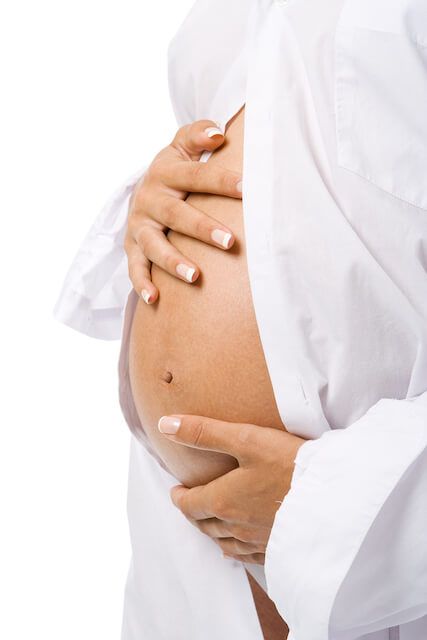
Taking CBD during pregnancy may offer numerous benefits to the mother. Studies show that CBD is beneficial for supporting the emotions, including depression and anxiety, which are common complaints during pregnancy. Additionally, CBD can provide pain relief, promote better sleep, and even lower blood pressure. But is it safe for the developing baby?
Placental Barrier
Numerous studies show that cannabinoids cross the placental barrier. One study, in particular, evaluated the increased permeability of the placenta following the use of cannabidoil. It concluded that marijuana consumption enhances placental barrier permeability to xenobiotics and could endanger the developing fetus. Whether or not the use of CBD is safe for a developing fetus, this study raises the question about whether CBD makes the fetus more susceptible to the effects of other drugs and environmental toxins.
So we know that CBD crosses the placental barrier, but what are the effects on the developing fetus?
Prevention of Pre-Term Labor
One study tested the efficacy of CBD to inhibit oxytocin-induced myometrial contractions. In this in vitro study, CBD relaxed uterine contractions. Researchers propose that CBD could be a viable method of preventing pre-term labor in high-risk mothers. However, keep in mind that the study involved uterine tissue in vitro.
Low Birth Weight
Maternal cannabis use during pregnancy is associated with growth restriction in mid and late pregnancy and with lower birth weight. This growth reduction was most pronounced for fetuses exposed to continued maternal cannabis use during pregnancy.
Heart Defects
A pool study from 1968 – 1980 evaluated maternal behavior and heart defects in infants. It concluded a two‐fold increase in risk of heart defects with maternal cannabis use. This risk increased with regular (three or more days per week) cannabis use. The validity of this study is questionable because it is so outdated. Additionally, no details are provided about the method of exposure. It is likely that the mothers in this study were smoking marijuana, of which the quality and source are unknown and which may or may not have been contaminated by other substances.
Cannabis in Breastfeeding

Just as cannabis crosses the placental barrier, it also easily passes into breastmilk. The studies examined involve regular use of marijuana by nursing mothers. How this data relates to the use of CBD in topical or oral formulations is not fully understood.
Decreased Body Weight
One study involving mice resulted in lower body weights of mice of mothers who received a cannabis mixture that included THC, CBD, and other cannabinoids. The study also noted “impairment of maternal behavior”. The question this raises is whether the lower weight resulted from drug intake with mother’s milk, from decreased lactation of drugged mothers, or from a combination of both.
Decreased Motor Ability
A study involving 136 breastfed infants investigated the relationship between infant exposure to marijuana via the mother’s milk and motor and mental development at one year of age. Marijuana exposure via the mother’s milk during the first month postpartum correlated with a decrease in infant motor development at one year of age. Researchers go on to say that this decrease is a result of marijuana inhibiting the quantity and reducing the quality of breast milk.
The Bottom Line for Pregnant or Breastfeeding Moms
All of this information leaves concerned mothers-to-be in a difficult position. While the most sound advice is always to discuss your options with your obstetrician or health care provider, you will likely find yourself immediately shut down depending on your doctor’s personal opinions. Whatever you decide, do your research: Evaluate the research that exists, talk to other moms, and make sure you are confident with your decision before you proceed.
Cannabis in Children
Go looking for research about the safety of CBD in children, and you will find instead a slew of articles about its benefits. In my searches, I found no conclusive evidence of dangers of CBD for children, with the exception of case studies where children accidentally ingested high doses of marijuana, THC gummies, or other forms of cannabis not intended for them. Here is a brief overview of some of the research regarding the benefits of cannabis for children.
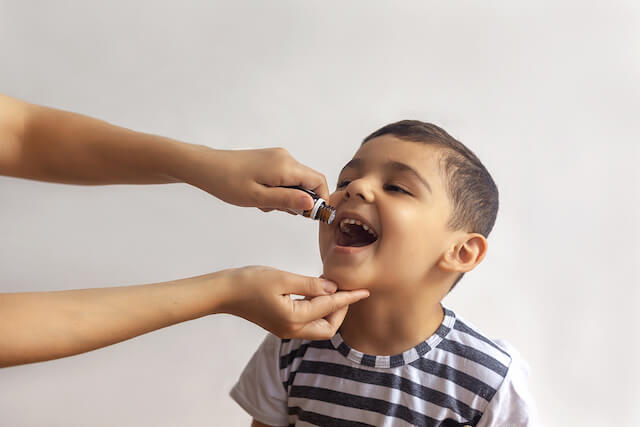
Reduction of Seizures
For centuries, cannabis has been used to treat seizures. These studies compellingly demonstrate that cannabinoids such as CBD can be used to reduce seizures effectively, particularly in patients with treatment-resistant epilepsy.
In one study of 19 children between the ages of 2-16, “sixteen (84%) of the 19 parents reported a reduction in their child’s seizure frequency. Two parents reported that their child became seizure-free after more than 4 months of cannabidiol-enriched cannabis use. Of the remaining 14 parents reporting a change in seizure frequency, 8 reported a greater than 80% reduction in seizure frequency, three reported a greater than 50% seizure frequency reduction and three reported a greater than 25% seizure frequency reduction. Three parents reported no change.”
Improvement of Autism Symptoms
The use of cannabis in autistic children may help reduce aggression, hyperactivity, anxiety, and other related behavioral problems. Unlike most studies cited in this article, this one actually involves the use of CBD oil, not marijuana or other THC-containing preparations.
Relief from Insomnia and Anxiety
A case study looked at a single 10-year-old girl with behaviors related to a diagnosis of post traumatic stress disorder (PTSD) secondary to sexual abuse. Her chief issues included anxiety, insomnia, outbursts at school, suicidal ideation, and self-destructive behaviors. The main finding from this case study is that CBD oil can reduce anxiety and insomnia secondary to PTSD.
The Bottom Line for Cannabis Use in Children
Despite lacking data regarding the safety of CBD in children, plenty of studies point to the benefits of CBD. Not to sound like a broken record, but the best advice is to speak to a trusted pediatrician or healthcare professional, do your research, talk to other parents, and make an informed decision. If you decide to try CBD with your child, start low and go slow. Monitor his/her reactions and adjust the dose slowly as needed.
Cannabis Use in Pets

Many websites claim the numerous benefits of CBD for dogs and other animals. Unfortunately, not much research backing this data is available. A survey of veterinarians revealed that more and more recent veterinary graduates are recommending CBD to their patients.
Summing it Up
The mantra of this article has been “do your research, ask professionals and others whom you trust, make an informed choice, and start low and go slow.” Truly, that is the best advice regarding the use of any natural product, but especially one with so much controversy and lack of data. CBD holds so much promise for many diseases and conditions, but using CBD in special populations requires more caution.
The most important thing is to trust your instinct and if you feel at all uncomfortable with a natural therapy, just don’t do it.
To learn more about how to approach scientific data and studies, check out Data Analysis: How To Evaluate Scientific Studies to Empower Your Health Decisions.




